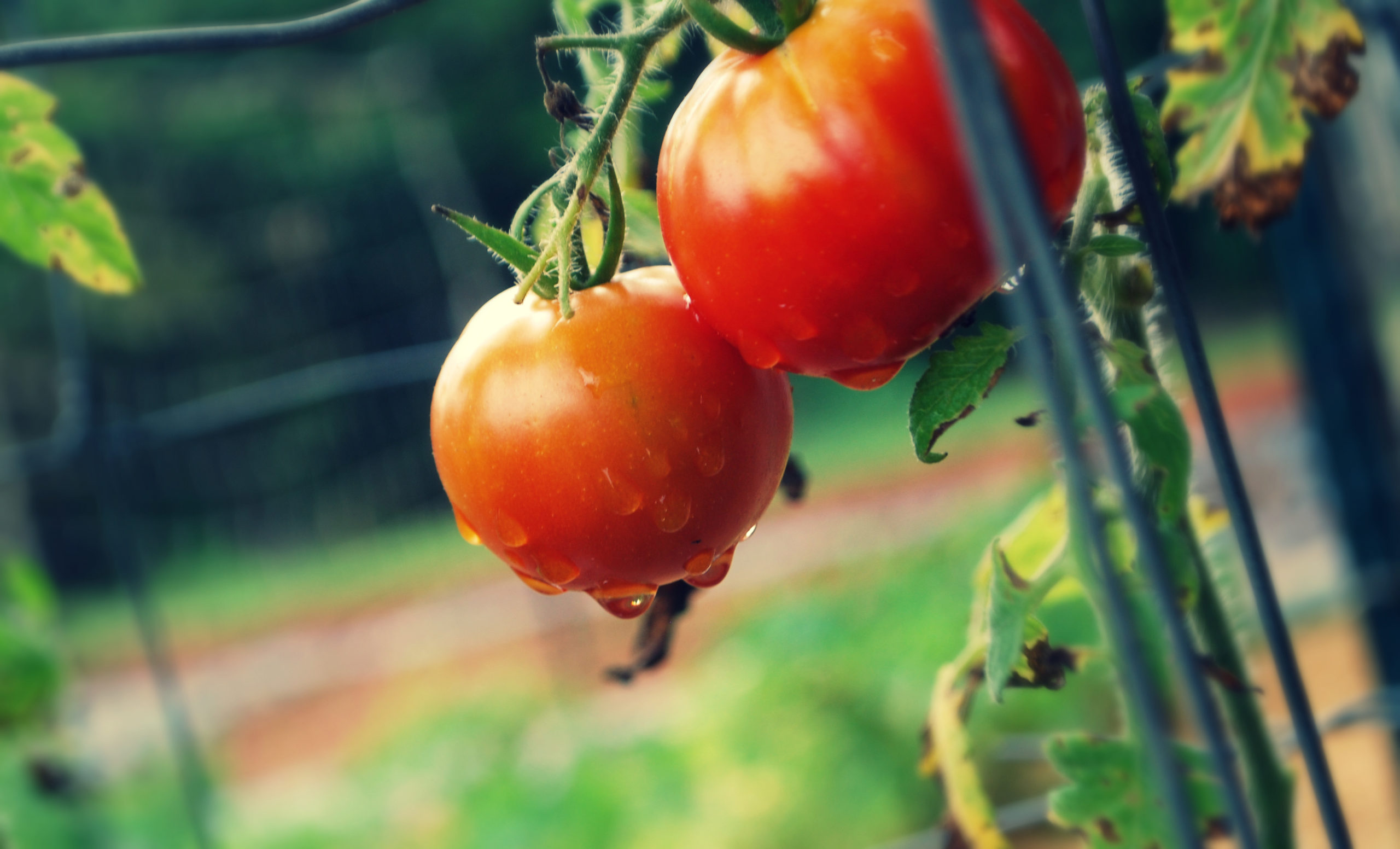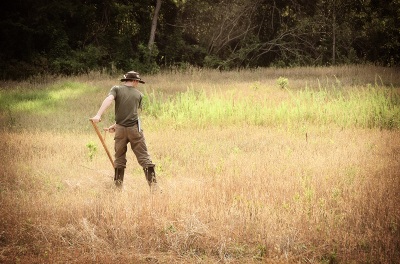 I really want to encourage everyone to plant a garden this year. Whether you have a window box, a backyard, or a large piece of land, a garden can bring beauty, health, and joy to your home through creative work, enjoyable exercise, and delicious food. As a farmer I enjoy producing food for other people, but I believe that our communities would benefit greatly if more people began growing even just a little of their own food.
I really want to encourage everyone to plant a garden this year. Whether you have a window box, a backyard, or a large piece of land, a garden can bring beauty, health, and joy to your home through creative work, enjoyable exercise, and delicious food. As a farmer I enjoy producing food for other people, but I believe that our communities would benefit greatly if more people began growing even just a little of their own food.
Right now it is winter, and a great time to begin planning your garden for this year. But any time of the year can be a good time to plan your garden. Often when we decide to plant a garden it is tempting to just till up some ground and start sticking seeds and plants in the dirt. But a little forethought and planning can be the difference between your garden bringing you joy and abundance, or drudgery and failure. In the book of Proverbs we read, “The plans of the diligent lead to profit as surely as haste leads to poverty.” (Proverbs 21:5)
So in this blog series I want to share with you 6 secrets to planning a garden your family will love! Let’s get started!
Secret #1: Put Your Garden in the Right Place!
You can do everything else right, but if your garden is in the wrong location it will never thrive. If you want your garden to be a joy to work in here are some things to consider when deciding on a location:
1. Visibility and Accessibility
Locate your garden where you can get to it easily and see it on a regular basis. Your garden is a place where people and creation interact. Plants can grow happily in very out of the way places, but if you are managing them, they need to be in a place that you can easily access. Otherwise you can end up neglecting your garden. On my farm I located my first garden in a fertile creek bottom, but it was probably a quarter mile from my house. I never saw it unless I purposefully went to look at it. So it was often hard to keep on top of weeds and pests and harvesting because it was so inconvenient to go to the garden! Eventually I moved my main gardening area to a location closer to my house. Even though the soil wasn’t naturally as fertile as the previous location I was able to build up the soil and have a more productive garden than I ever had before!
2. Sunlight
Make sure you locate your garden where it will get the sunlight your plants need. Sunlight is essential to plant growth and if your vegetable garden isn’t getting at least 6 hours of sun a day you will be limited in what you can grow. In the United States a good location is often a site that face south. In the southern Hemisphere it would be sites that faces north. But consider also that too much sun can be an issue if you live in location with very hot summers. My parents placed their kitchen garden on the south side of their house. But during summer the heat was compounded by the reflective nature of the side of the house and the garden became too hot for many plants. So they ended up building a pergola over the middle of the garden for light shade that ended up providing a good balance of sunlight with some protection. Probably the east side of the house would have been a more ideal location (which isn’t always possible) since the house would have provided some shade from the hot late-afternoon sun.
3. Drainage
Locate your garden in an area that is not prone to flooding or standing water. Unless you are growing rice most plants don’t like wet feet. I had problems with too much water in the creek bottom where I put my first garden here on the farm. It took a long time to dry out so I could plant. Then, one particularly rainy year the creek overflowed its banks due to a log-jam and washed away a bunch of fresh compost I had just applied to my garden! If the only location you have is still prone to being wet, you can raise the level of your growing area with elevated beds to improve drainage.
4. Trees
When locating your garden, be careful that you don’t put them too close to large trees. Trees are great, but they can be detrimental to your veggie garden. Keep your garden away from the drip-line (furthest reach of the branches) and farther if possible. Trees can shade out your garden and their roots can create problems since they draw water and nutrients away from your plants. I have had garden beds that ran past a large oak tree and I could see exactly where the roots were by the dip in the growth of the crops. Some trees in particular, like black walnut, can secrete chemicals from their roots that prohibit growth of plants around them in order to decrease competition. If you have one of these around container gardening would be a great option. All this being said, there are some trees, like small fruit trees or nitrogen fixing trees, that can be incorporated into the garden successfully. But if you are just starting out I would recommend keeping it simple by locating your garden away from trees.
When trying to find the best location for your garden, take your time and do it right. Pray and ask God to give you wisdom and insight. Maybe you need to take down a few trees or divert some runoff water. You won’t regret going the extra mile up front. A garden is a rewarding endeavor and it is worth the time and effort to set aside or create a prime location.
Next week, Secret #2 for Planning a Garden Your Family will Love!




Thanks for the information!